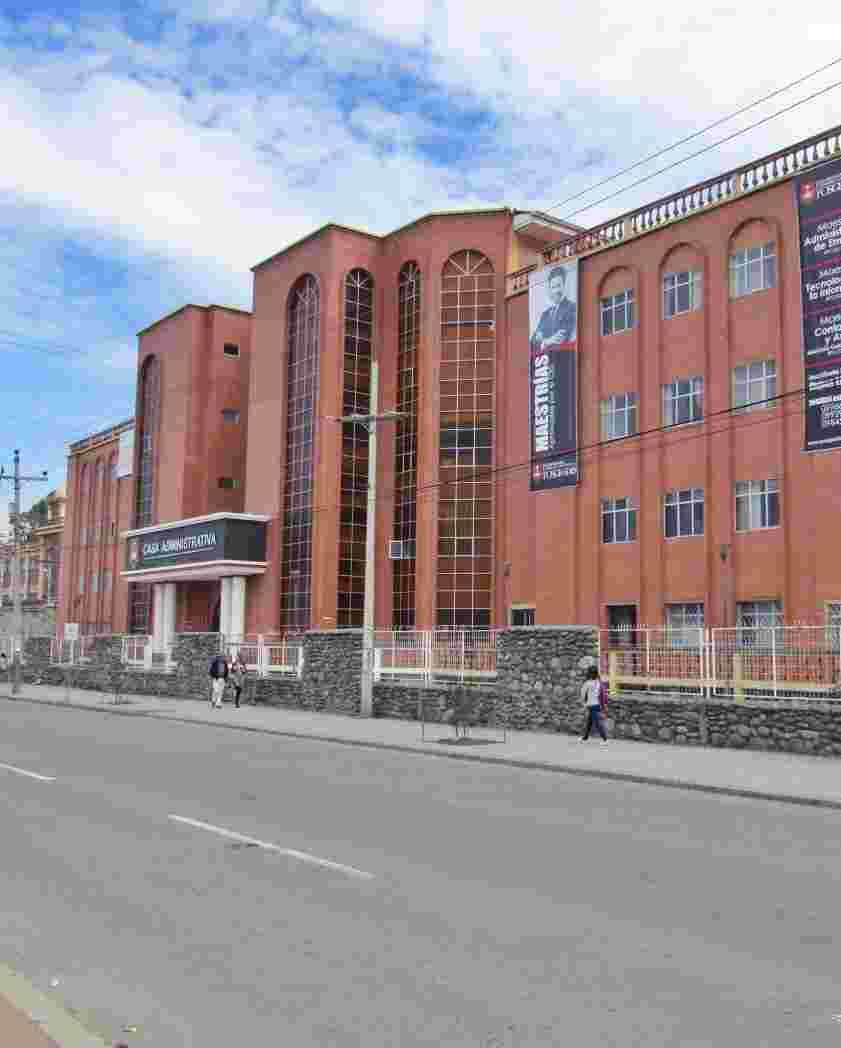Trabajos de Titulación - Bioquímica y Farmacia
URI permanente para esta colecciónhttps://dspace.ucacue.edu.ec/handle/ucacue/27
Examinar
Examinando Trabajos de Titulación - Bioquímica y Farmacia por Materia "AMBIENTE HOSPITALARIO"
Mostrando 1 - 1 de 1
- Resultados por página
- Opciones de ordenación
Ítem Solo Metadatos “Susceptibilidad de cepas de Staphylococcus aureus presente en superficies inertes del Hospital José Félix Valdivieso”(Universidad Católica de Cuenca., 2023) Parra Bernal, Oscar Fernando; Segovia Clavijo, Elizabeth Pamela; Ortiz Tejedor, Jonnathan Gerardo; 0107540023; 0302064845Introduction: Staphylococcus aureus (SA), an invasive bacterium, has a high prevalence of causing nosocomial infections due to its common presence in healthcare professionals’ and patients’ nostrils and hands. Being ubiquitous in nature, this pathogen is primarily found in hospital environments and is considered a vector of infectious diseases. It is estimated that more than 70% of bacteria that causes nosocomial infections become resistant to at least one commonly used drug. General Objective: To determine the antimicrobial susceptibility of S. aureus strains in inert surfaces of the ‘José Félix Valdivieso’ Hospital. Methodology: A quantitative descriptive cross-sectional study was conducted. Samples were collected from inert surfaces in the emergency and hospitalization areas, such as stretcher handrails, switches, door handles, serum holders, and metallic medical records. Sterile swabs moistened in BHI were used to collect the samples, which were preserved and transported for processing at the Microbiology Laboratory of the Faculty of Biochemistry and Pharmacy of the Catholic University of Cuenca. Results: Six strains of S. aureus were isolated and distributed in operating (67%) and pediatric (33%) areas. All strains were sensitive to cefoxitin, while three strains showed resistance to penicillin, clindamycin, and erythromycin; the latter two exhibiting inducible resistance. Conclusions: The presence of S. aureus was evidenced in two critical areas, posing a risk factor for developing nosocomial infections.




